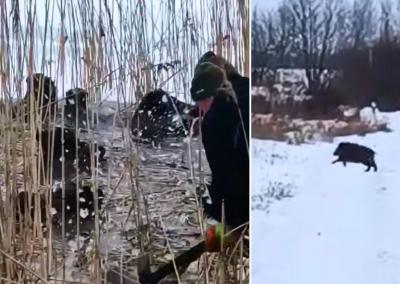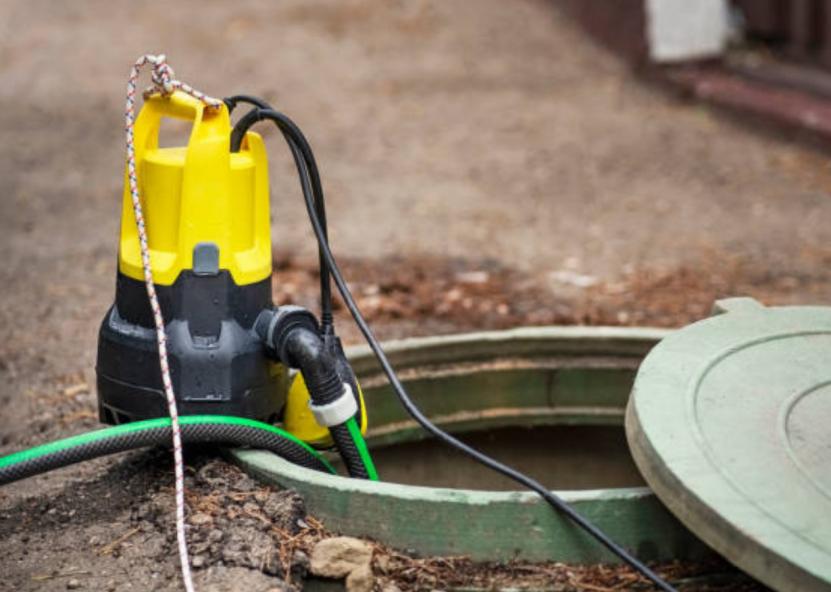Preserving and preparing the water pump for winter
It can be more cost-effective for owners of houses and farmhouses that do not have winter visits to dismantle the water pump temporarily and store it until spring.
Pump specialists know that the correct winter preservation of the units not only depends on a smooth and quick start-up in spring, but also on the continued life of the pump. Preservation must be carried out in accordance with a defined technological process.
Pump preparation and preservation
If the owner is not going to use the plumbing system during the winter, then it is necessary to drain all the water from the pump and the hoses and to move the pump into the house.
The water is drained by means of drain valves and taps. The drain valve must be opened so that the water returns to the well or borehole. Drain valves have proved to be very useful for winter storage of pumps. The working fluid must also be completely drained.
The pump itself should be dried and cleaned after draining (detailed maintenance instructions are usually included with the unit). External surfaces shall be cleaned of dust and dirt. If traces of corrosion are found, they shall be removed. Sealing points shall be checked. The pump shall be degreased and dried until completely dry.
Internal pump cavities shall be filled with anti-corrosion grease (if technically feasible). The hose connection holes shall then be sealed with blinds or plugs made of oil-resistant rubber.
After all this, the pump can be packed up and stored until spring. The pump shall be stored indoors, protected from atmospheric precipitation and with an air temperature of not less than +5 °C.
What if a water pump (surface or submersible) is also operated during winter? How do you prepare an unpreserved pump in service for winter use?
Surface pumps in winter
Surface pumps, unlike submersible pumps, are installed above the water level and can freeze during winter (usually the water freezes in the hose or pipe, in the storage tank, but sometimes it remains in the hydraulic part of the pump). The hose can be replaced relatively quickly, but in the case of a frozen pump, the whole pump will have to be replaced.
If you use a surface pump in winter, the first thing you need to do is to insulate the pump itself and the hoses (pipes). This requires storing the pump in an insulated well. Either store it in a nearby insulated building, or move the pump into the house, into a barn – somewhere where the water does not freeze.
The thermal insulation of the borehole or well will also be improved. Better still, a self-heating pump station that can automatically switch on and heat itself.
Gas pump in winter
Winter submersible pumps are much simpler to use in the winter, as they don't freeze and can be left in a borehole or well. But you need to make sure that the pump is at least 30 cm deep in the well (this is the average ice thickness in wells in extreme cold). It is a good idea to break the ice layer periodically.
The well, in turn, freezes to the ground freezing level (about 1.5) metres, so it is better to insulate the well beforehand.
The main problem is the thermal insulation of the hose. A non-return valve allows water to remain in it, which freezes in the cold, expands and tears the hoses and pipes, which can leave the house without heating and water. The pipes and hoses are insulated with special sheathing, polyurethane foam and polystyrene foam (including extruded). Heating cable can also be used.
The sensible way is to bury the pipe immediately below the frost depth of the soil at the beginning of the plumbing work.
It is important to monitor the water level in the well and in the borehole – it can drop, causing the pump to freeze into ice or burn out due to lack of water cooling.












































































































